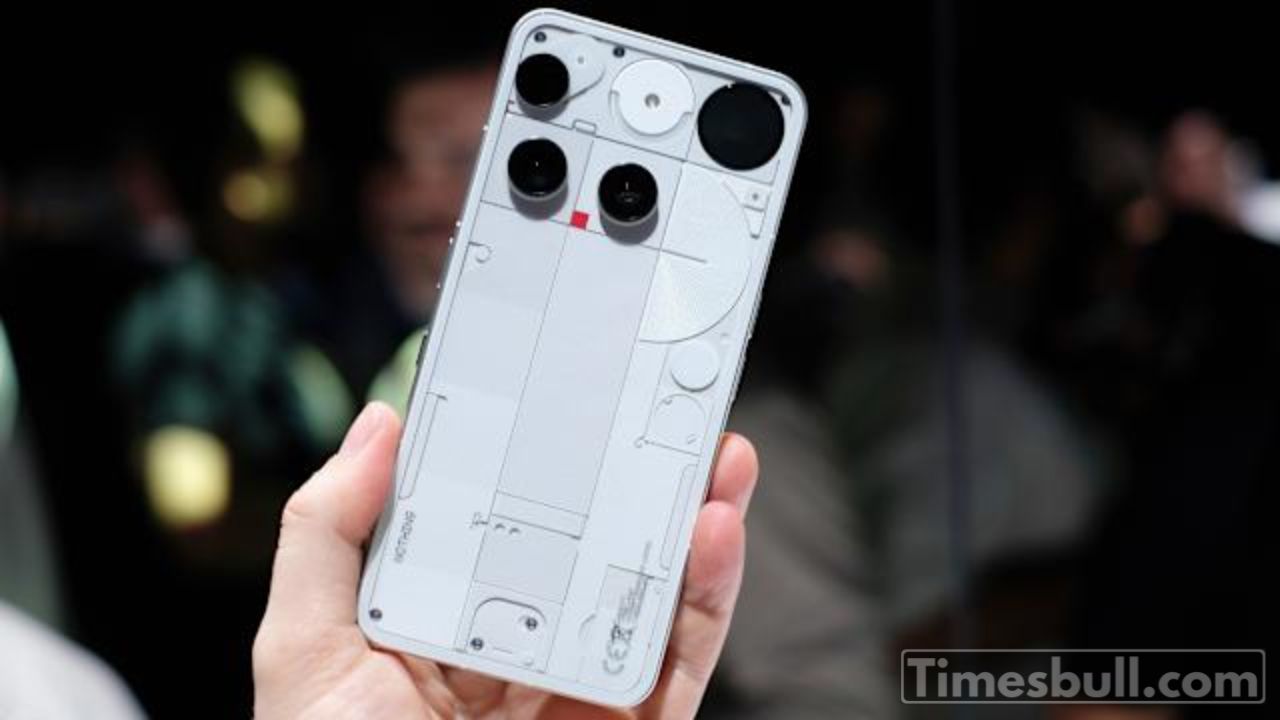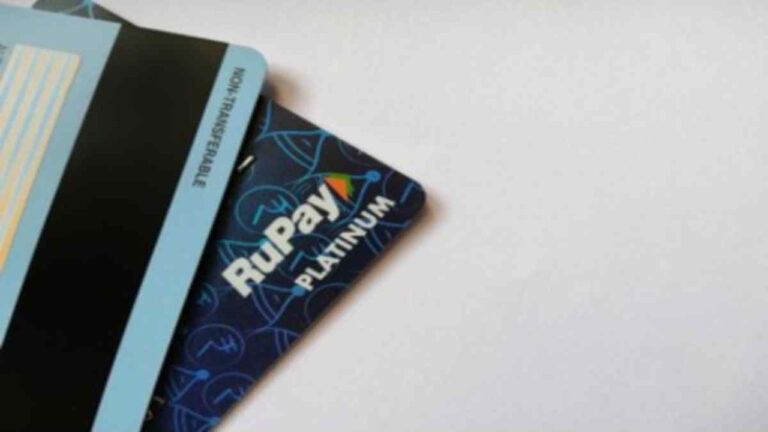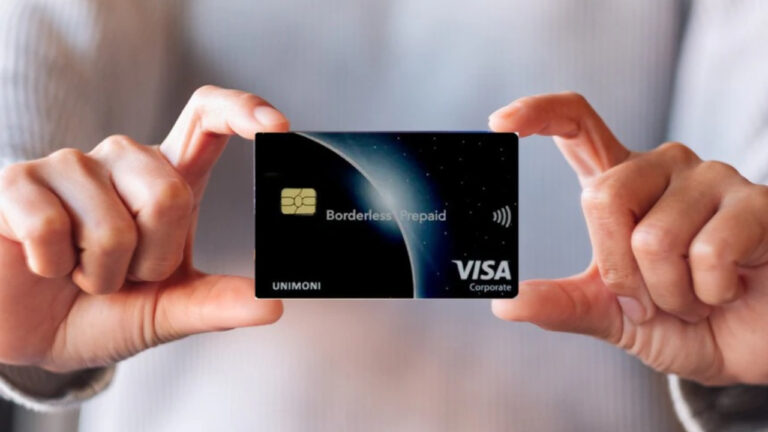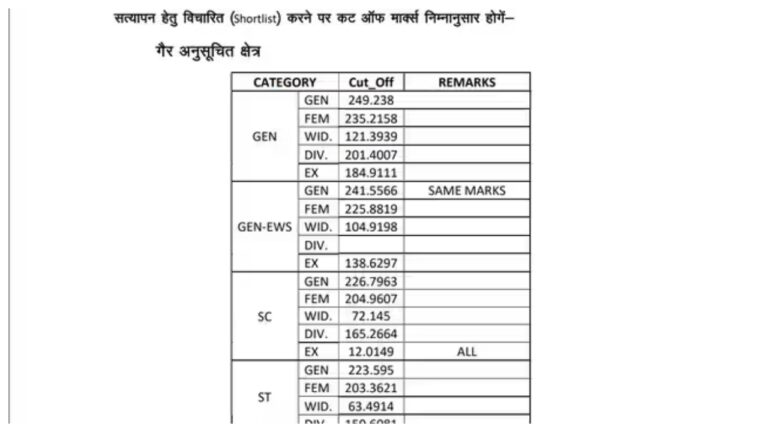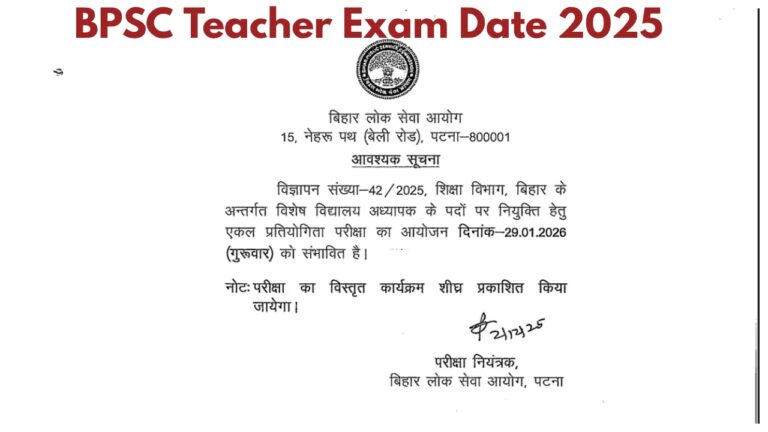Nothing Phone 3: The arrival of Nothing Phone 3 has brought a new excitement in the tech world. This time the company has called it its first “true flagship” smartphone. It has been priced at ₹79,999 in India, which is quite premium. This price puts it directly in front of big players like Apple and Samsung. But the question is whether this phone is really that amazing or is it just an attempt to create hype? Let’s talk in detail.
Design and First Impression
Nothing has always created a different identity when it comes to design. Phone 3 also continues this tradition. But this time an upgraded version of the Glyph interface has come, which is called Glyph Matrix. It has 489 small micro LEDs which light up in different ways. You can use this for notifications, caller ID, battery status and interactive features like digital clock or “spin the bottle” game. A dedicated Glyph Button has also been given on the back of the phone which gives direct access to these features.
Build quality is also premium. Gorilla Glass 7i is given in the front and Gorilla Glass Victus in the back. With an IP68 rating, this phone also protects from water and dust. With a weight of 218 grams, the phone feels good in the hand, and its flat display and ultra-thin bezels make it even more premium. Camera placement is slightly unconventional, but it has become Nothing’s signature style.
Display
Nothing Phone 3 gets a 6.67-inch AMOLED display with a resolution of 1260 x 2800 pixels. Brightness peaks up to 4500 nits, which is quite impressive in this segment. The adaptive 120Hz refresh rate makes scrolling and gaming experience smooth. The 2160Hz PWM dimming also reduces eye strain.
But one thing that is missing is the LTPO display technology. If it was there, it would have saved battery life by lowering the refresh rate by 1Hz. In this case, the battery optimization of the phone seems to be compromised a bit.
Performance
The phone is equipped with the new Qualcomm Snapdragon 8s Gen 4 processor. This chip is much better than the Snapdragon 8+ Gen 1 of the Phone 2. The company claims that the CPU performance is 36% faster and the GPU is 88% faster. 12GB + 256GB and 16GB + 512GB variants are available.
But the biggest concern is about thermal management. Does this phone have a proper cooling system or not? If not, then performance can be throttled during heavy gaming or long video recording. This can be a major concern for power users.
In terms of software, the phone runs on Android 15 with Nothing OS 3.5. The company has promised 5 years of major OS updates and 7 years of security patches, which makes it perfect for a long term investment. New AI features like Essential Space and Essential Search have also been given.
Camera Setup
This phone has a triple 50MP camera setup. A main sensor, an ultra-wide and a periscope telephoto lens. All the cameras can record 4K/60fps video. There is also a 50MP selfie camera on the front.
The telephoto lens looks quite strong on paper, but some early reviews are calling it “terrible”. If this is the case, then nothing will have to improve this feature further. The ultra-wide lens does not have autofocus confirmation, which is important for macro shots. If there is no autofocus, then this can also become a limitation.
Battery and Charging
The Indian variant has a 5500mAh battery pack. This battery promises to last more than a day. For charging, there is support for 65W fast charging, which completes from 1% to 100% in just 54 minutes. Wireless charging up to 15W and reverse charging up to 5W is supported.
Connectivity and other things
The phone supports 5G, Wi-Fi 7, Bluetooth 6, NFC and dual SIM (nano + eSIM). Fingerprint scanner is given inside the display. But one big shortcoming is the presence of USB 2.0 port. Due to this the data transfer speed is very slow, whereas in other flagships USB 3.0 or above port is given.
Another problem is that charger is not available inside the box. The company justifies it in the name of environment, but for the user it is an extra expense and inconvenience.
Does this phone offer value or is it just a show?
The starting price of ₹79,999 puts this phone in competition with premium brands like iPhone, Samsung. You suggested that phones like iPhone 16e, Galaxy A, Oppo A, and Vivo Y offer better value than this. So let’s do a quick comparison:
The iPhone 16e has a 60Hz display and a single camera, but Apple’s ecosystem and powerful A18 chip provide value. The Galaxy A and Vivo Y series are usually mid-range phones with flagships.
